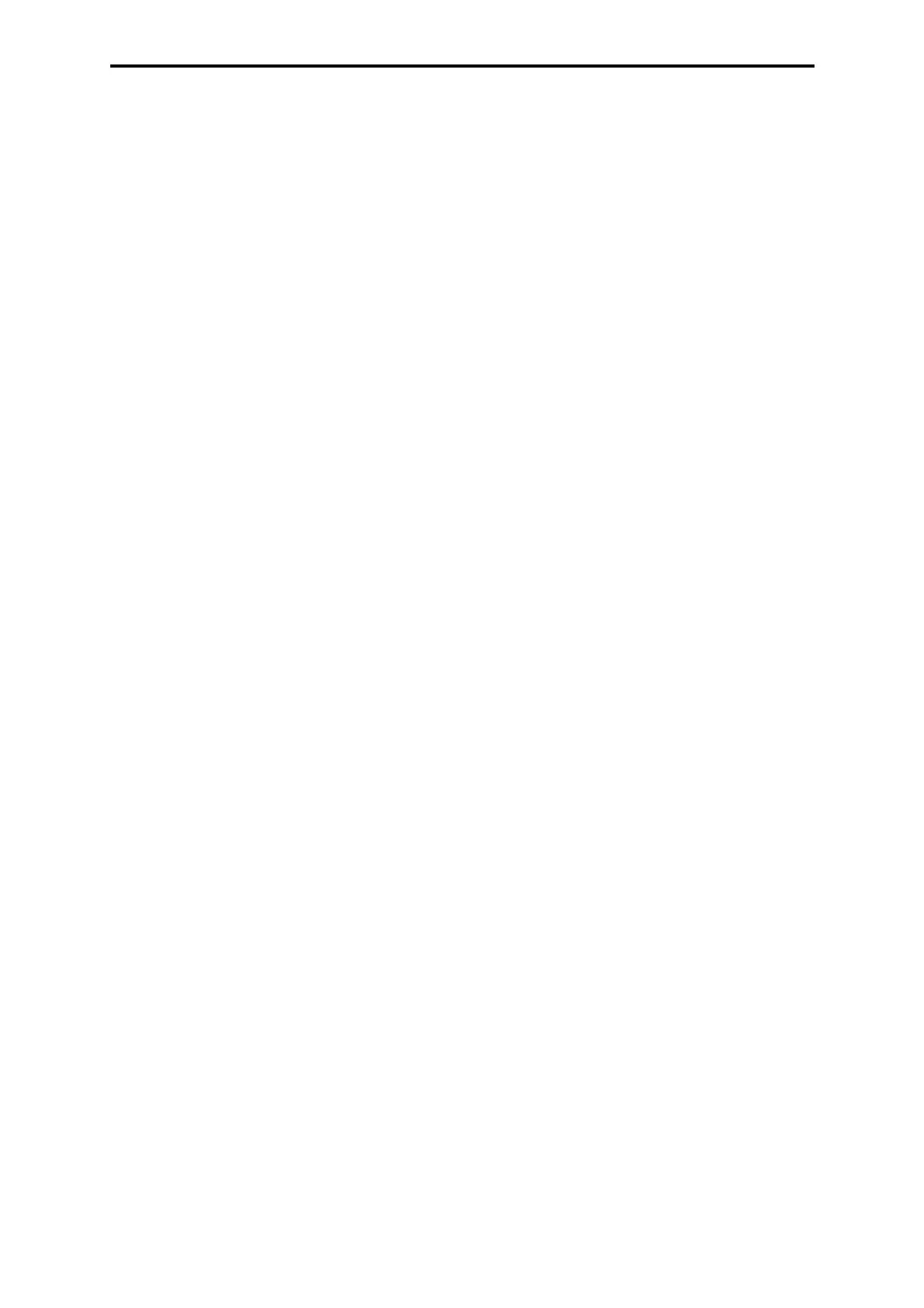F 6220 (0625)
303
(RAL 5015) insulation.
• The wiring must be mechanically secured, that by an unintentional disconnection the
minimum distance (EN 50020 / part 7, table 4) between an intrinsically safe connection
and a non-intrinsically safe connection is not falling below the minimum.
• The cable shield must be wired on the equipotential bonding PA. For non-intrinsically
safe applications the cable shield can be wired on the protective earth PE at the I/O
subrack.
The used lines or cable must fulfill following insulation test voltages:
• Intrinsically safe lines
≥ 1000 VAC
• Non-intrinsically safe lines
≥ 1500 VAC
• The ends of stranded lines must be finished with wire end ferrules. The terminals must
be able to connect the used conductor cross-sections.
4.5 General application notes
• Not used input channels must be short-circuited.
• In the case of a fault the output VALUE (INT) of the software function block HF-TMP-3
gets the value 0 without declaration of underflow or overflow. In this case the output of
the software function block CHANNEL ERROR (BOOL) must be evaluated in the user
program.
• For safety integrity level SIL 3 the reference temperature must be used out of the user
program or out of the compare of two reference temperatures from two modules.
• The temperature of the thermocouple in applications with SIL 3 must be calculated out
of two thermocouples.
• The parameterization of the module must be performed according to the operating
system manual for the currently used version of the operating system. Especially the
chapter about the noise blanking has to be regarded.
Setting: Safety time
≥ 3 x watchdog time.
4.6 Start-up
Before commissioning the installation must be approved by an expert for intrinsically safe func-
tions, particularly checking the power supply connections and the connections of intrinsically
safe circuits.
4.7 Operation
The error codes for the module are shown in the display of the corresponding central
module. For further informations see operating system manual.
4.8 Maintenance
When a module fails the defective module can be replaced against the same type or approved
spare part. The repair of defective modules must only be made by the manufacturer.
